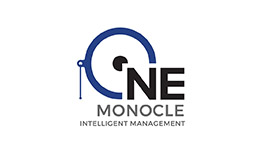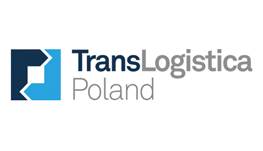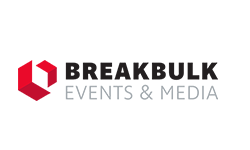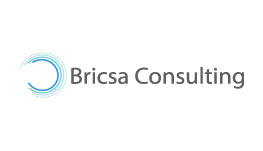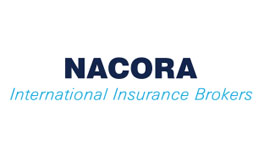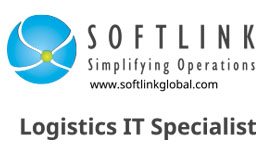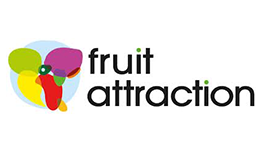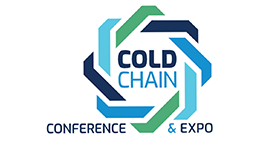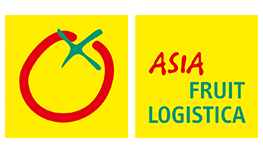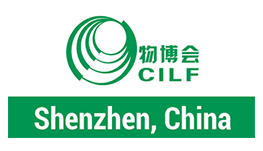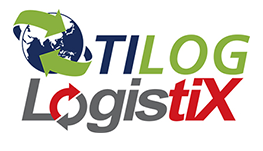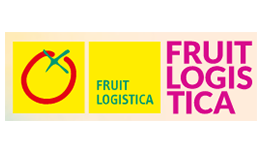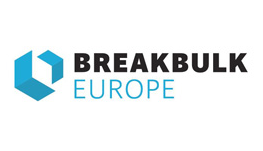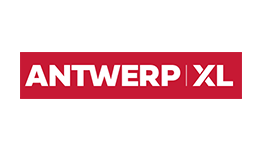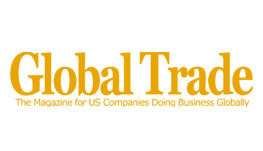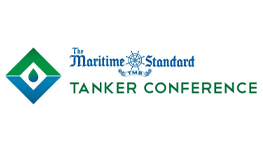How Vaccine Distribution Shines Spotlight on Cold Chain Technology
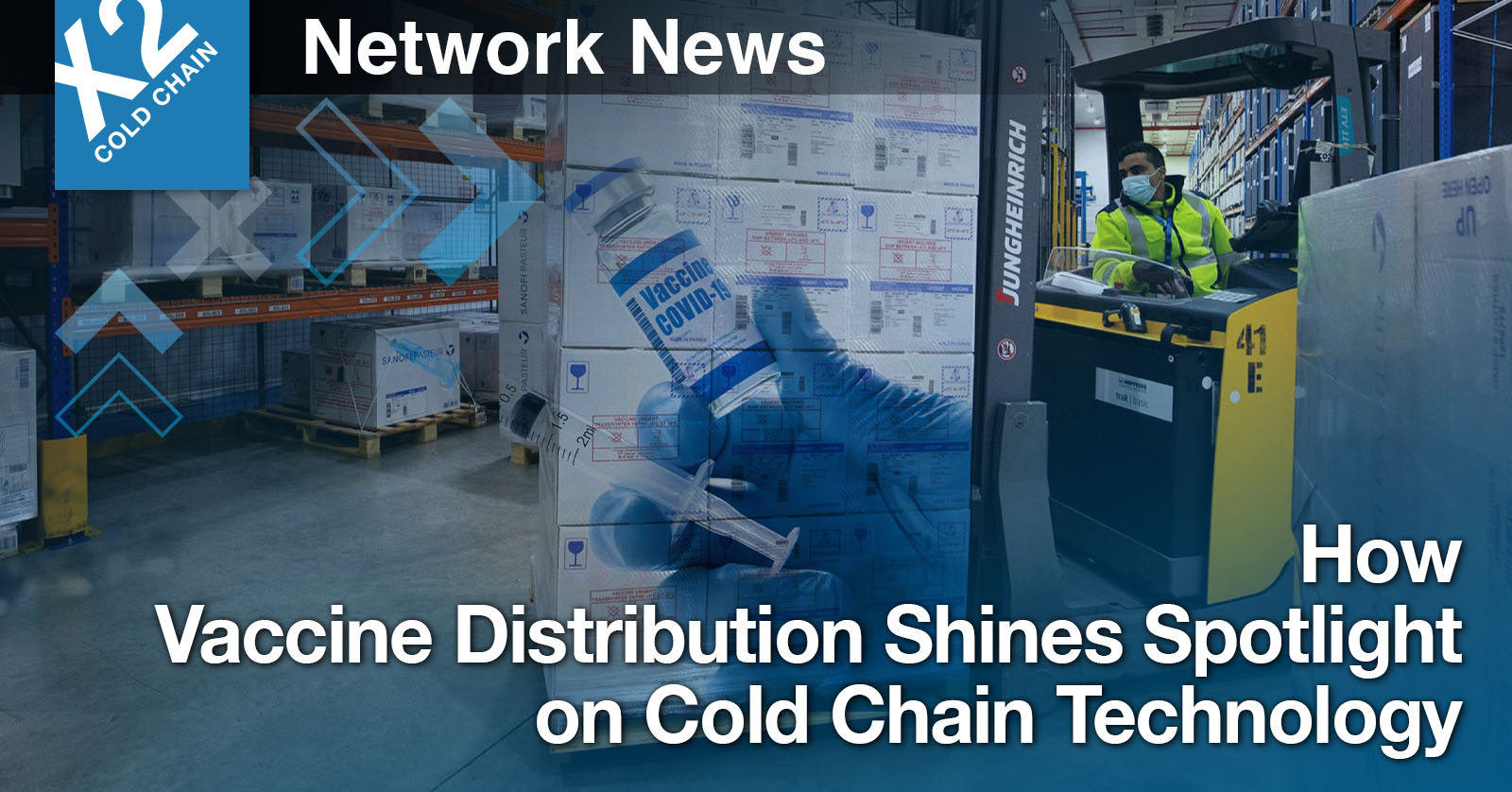

Increased traceability, the advanced capabilities of mobile and 5G and breakthroughs in packaging will all improve the ease of food supply chain management.
Supply chain agility is back in the spotlight as the demand for the Coronavirus disease (COVID-19) vaccines creates new challenges, including strict temperature controls that require cold chain logistics and temperature-safe distribution strategies.
In the face of these challenges, emerging technology within the supply chain has taken center stage. The pandemic also allowed supply chain and logistics professionals to see the supply ecosystem under extreme stress, giving them invaluable data and a real-world test to systems. And, while the pandemic’s effects will be felt in the ecosystem for decades to come, so will the positive impact of new technology and better processes that have emerged as a result.
The risks associated with spoilage
Vaccine partners have already delivered more than 142 million vaccine doses in the United States. But, thousands of doses have gone to waste, largely due to failed storage temperatures. Likewise, more than half of food waste happens across the food supply chain. Issues with cold chain management, truck delays and a lack of real-time data contribute to this loss.
But, for food providers, spoilage isn’t just about waste. Serving spoiled or contaminated food can result in reputational damage. And, that’s not taking into account the cost of recalls and related logistics.
An efficient supply chain is vital in reducing the risk of food spoilage and contamination, and many companies turn to enterprise resource planning (ERP) to manage supply chain logistics. A robust ERP platform allows you to track information on orders, reduce delays and optimize inventory. These functions play a role in delivering the freshest food possible.
Opportunities to advance ERP solutions
ERP platforms are a critical technology. They unify disparate functions like operations, manufacturing and inventory management. Bringing these functions together is essential to safely and efficiently distributing food, reducing waste and mitigating risk. Additionally, advanced ERP functionality creates several important opportunities for your operation.
1. Increased traceability
Traceability helps reduce contamination and spoilage by identifying risks before faulty products arrive at consumer markets. With advancements in tracking technology, traceability has become easier and more accessible.
Radio-frequency identification (RFID), for example, tracks products’ manufacture date and precise location across the entire supply chain. With smaller hardware and more accurate sensors, traceability can get more specific than ever, which is also a useful feature for transporting something as important as vaccines. These transmitters can help optimize processes and ensure products adhere to industry standards, while providing real-time data on operations. This type of live look into everything in transport continues to be a critical part of vaccine distribution and decision making as well.
2. Progression of mobile and 5G
The integration of mobility into ERP systems and the supply chain plays a key role in supply chain efficiency. Smartphones and tablets house applications that allow you to communicate directly with your ERP system. The best part? You can access your data anywhere. These mobile applications allow you to automate functions like truck loading confirmation, payment collections and order status tracking. You can also use mobile devices to efficiently train employees and scan barcodes to access product information on-the-go.
This is where 5G comes into play. With mobile, you need wireless service no matter where you’re located. But, to access synchronized data, you also need apps that can function without wireless service. 5G enables fast, powerful connections between machines, devices and objects. These connections allow you to easily communicate information in real time. Mobility and 5G have also been particularly useful in vaccine distribution as the technology allows more precise tracking and better connectivity regardless of location.
3. Advanced packaging
Increasing demand for grab-and-go foods is driving the growth of the food packaging industry — an industry expected to reach $528.9 billion by 2027. A product’s packaging directly impacts supply chain considerations because the right packaging can preserve food quality and safety while offering convenience to consumers.
Advancements like biodegradable packaging and 3D printing are positive improvements. But, package labels are just as important because they serve as the interface between brands and consumers. In today’s marketplace, labels provide important information like a product’s expiration date and manufacturing or growing location, and tracking technology makes this information more accessible, so consumers know exactly what they are buying.
Member Testimonials
Our Partners
X2 Conference
Our special networking event is about smart freight forwarders coming together to grow and develop business within the group by providing an opportunity for all members to gather in one place to form and extend personal relationships.
- 1
- 2
- 3
- 4
- 5
- 6
- 7
- 8
- 9
- 10
- 11
- 12

NEW YORK
- 1
- 2
- 3
- 4
- 5
- 6
- 7
- 8
- 9
- 10
- 11
- 12

sao paulo
- 1
- 2
- 3
- 4
- 5
- 6
- 7
- 8
- 9
- 10
- 11
- 12

london
- 1
- 2
- 3
- 4
- 5
- 6
- 7
- 8
- 9
- 10
- 11
- 12

dubai
- 1
- 2
- 3
- 4
- 5
- 6
- 7
- 8
- 9
- 10
- 11
- 12

bangkok
- 1
- 2
- 3
- 4
- 5
- 6
- 7
- 8
- 9
- 10
- 11
- 12

hong kong
- 1
- 2
- 3
- 4
- 5
- 6
- 7
- 8
- 9
- 10
- 11
- 12

tokyo
- 1
- 2
- 3
- 4
- 5
- 6
- 7
- 8
- 9
- 10
- 11
- 12

sydney
Book a Discovery Call with our Network Development Managers
Got questions or want to explore new opportunities within our networks? Schedule a one on one meeting with our Network Development Managers.


























.jpg)







